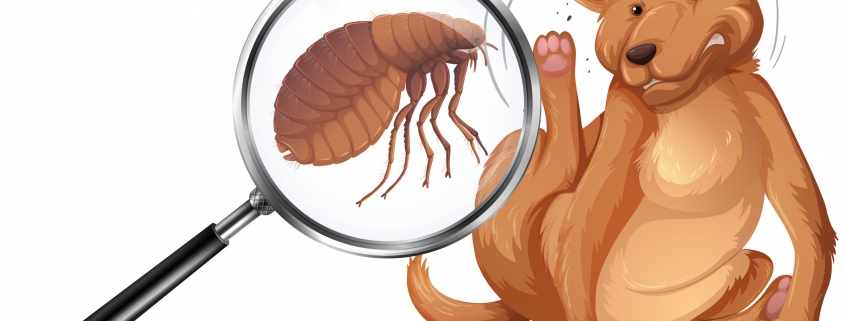BY KERRI WIEDMEYER, DVM, WVRC
There are many factors that determine how much water a dog drinks in a given day, but if you notice that your dog is drinking bowl after bowl, there may be a cause that warrants investigation.
Thirst is regulated by several different components in the body including blood vessel volume, parts of the brain (pituitary gland, thirst center, hypothalamus) and the kidneys. For example, if a dog is dehydrated, hormones are released from the brain that communicate to the kidneys to keep water in the body and activate the thirst center. If a dog is urinating excessively, the body then responds by having the dog drink more to make up for that loss of water. Unfortunately, certain diseases can interfere with how thirst and urination are regulated, causing your dog to gulp down bowl after bowl of water. Below is a list of a few of these causes.
Kidney Disease: The function of the kidneys is to filter blood and balance electrolytes. They also regulate blood pressure and red blood cell production. Kidneys can become damaged for a multitude of reasons such as chronic disease, infection, toxins or cancer. When they become damaged, they cannot do their job properly and excessive urine is produced. Excessive urination then leads to excessive drinking.
Diabetes Mellitus: Diabetes occurs when there is not enough insulin produced to regulate glucose in the body. This results in excessive amounts of glucose in the bloodstream. When the glucose is excreted from the body, water follows it, producing excessive urine. As with kidney disease, the excessive urination causes excessive thirst/drinking.
Cushing’s Disease (Hyperadrenocorticism): Cushing’s is a disease in which the body overproduces cortisol. Cortisol, in turn, blocks other hormones from doing their job and results in excessive urination and, thus, excessive drinking.
Liver Disease: The liver has many different jobs including protein and hormone production, detoxifying the blood, and metabolism of fats, carbohydrates and drugs. As a result, if the liver is failing, there are several different pathways that can lead to a dog urinating excessively and drinking excessively.
Medications: Unfortunately, some of the medications prescribed for our pets can have side effects that make them drink and urinate more frequently. Examples include steroids, diuretics that are commonly used for heart failure treatment and some anti-seizure medications.
Psychogenic Polydypsia: Psychogenic polydypsia is drinking excessive water without any underlying cause or illness. Many think this is done from boredom or for attention, but it is overall a very rare cause for excessive thirst.
If this sounds like your beloved pup, then consider having him or her checked out by your veterinarian.





